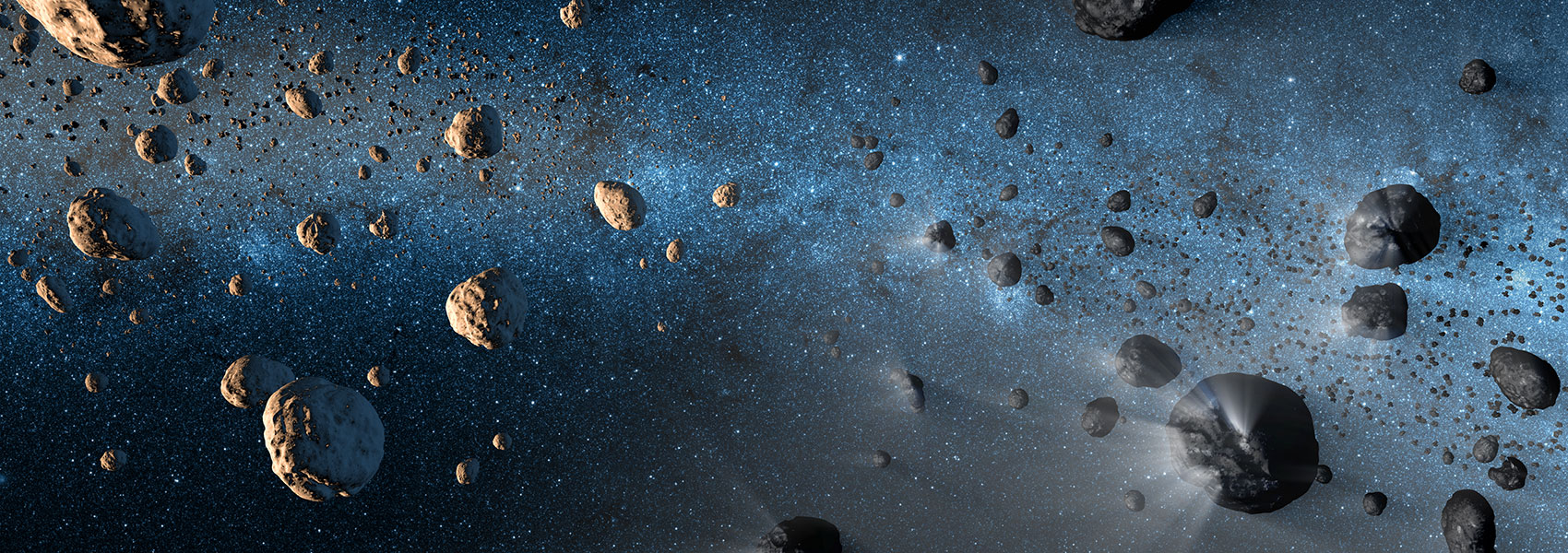July
2019
•
2019A&C....2800298G
Authors
•
Godines, D.
•
Bachelet, E.
•
Narayan, G.
•
Street, R. A.
Abstract
•
While microlensing is very rare, occurring on average once per million stars observed, current and near-future surveys are coming online with the capability of providing photometry of almost the entire visible sky to depths up to R ∼22 mag or fainter every few days, which will contribute to the detection of black holes and exoplanets through follow-up observations of microlensing events. Based on galactic models, we can expect microlensing events across a vastly wider region of the galaxy, although the cadence of these surveys (2-3 d-1) is lower than traditional microlensing surveys, making efficient detection a challenge. Rapid advances are being made in the utility of time-series data to detect and classify transient events in real-time using very high data-rate surveys, but limited work has been published regarding the detection of microlensing events, particularly for when the data streams are of relatively low-cadence. In this research, we explore the utility of a Random Forest algorithm for identifying microlensing signals using time-series data, with the goal of creating an efficient machine learning classifier that can be applied to search for microlensing in wide-field surveys even with low-cadence data. We have applied and optimized our classifier using the OGLE-II microlensing dataset, in addition to testing with PTF/iPTF survey data and the currently operating ZTF, which applies the same data handling infrastructure that is envisioned for the upcoming LSST.
Links




